7 ways to avoid bad hedge cutting – gardening professionals reveal the most common trimming mistakes and how not to fall foul of them
Discover exactly how to avoid having unattractive and unhealthy hedges
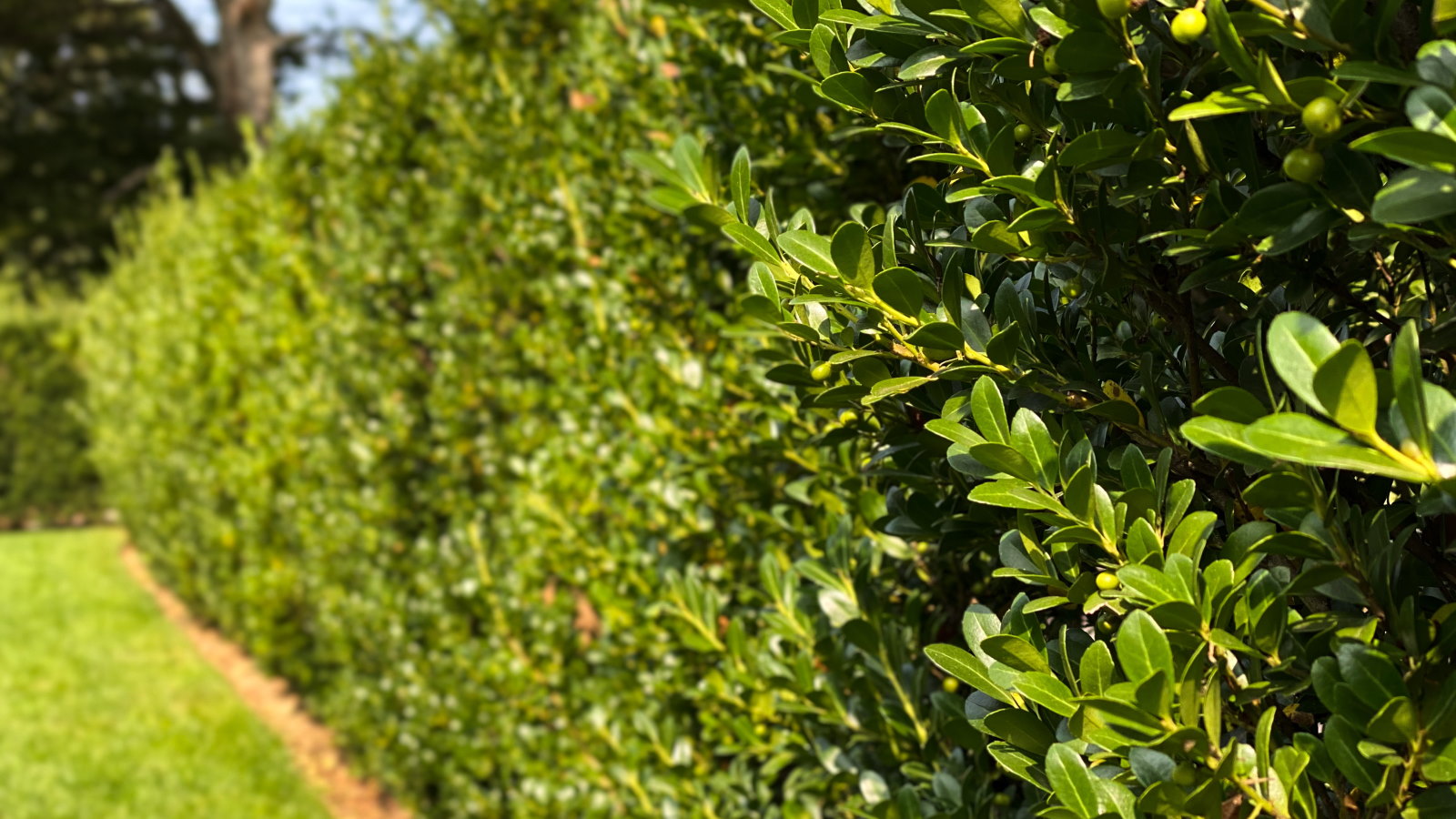

Trimming hedges keeps them neat and perfectly manicured hedges can perfectly frame a garden. Whether your hedges act as borders, provide much-needed privacy in urban areas, or are more decorative for flowers and to attract wildlife, cutting them annually ensures they are tidy and healthy.
While hedge trimming can be simple and enjoyable, it's very common to see examples of bad hedge cutting. These can include people who have gotten carried away and cut their hedges too hard or hacked at their hedges with blunt tools. Bad hedge cutting not only leaves them looking unattractive but puts the hedge’s health at risk.
I learnt hedge cutting while getting my horticulture qualifications and was also trained to cut hedges while working as a gardener for the National Trust in the UK. I spent countless hours each year cutting hedges to standards required in public gardens. I understand the importance of doing things right and understanding how to prune hedges. I have also seen my fair share of bad hedge cutting mistakes over the years.

7 common hedge trimming mistakes to avoid
To help reveal the mistakes that can lead to bad hedge cutting and unhealthy, unattractive hedges, I also heard from some gardening experts on common errors they see with hedges and what they recommend to avoid falling foul.
1. Cutting at the wrong time
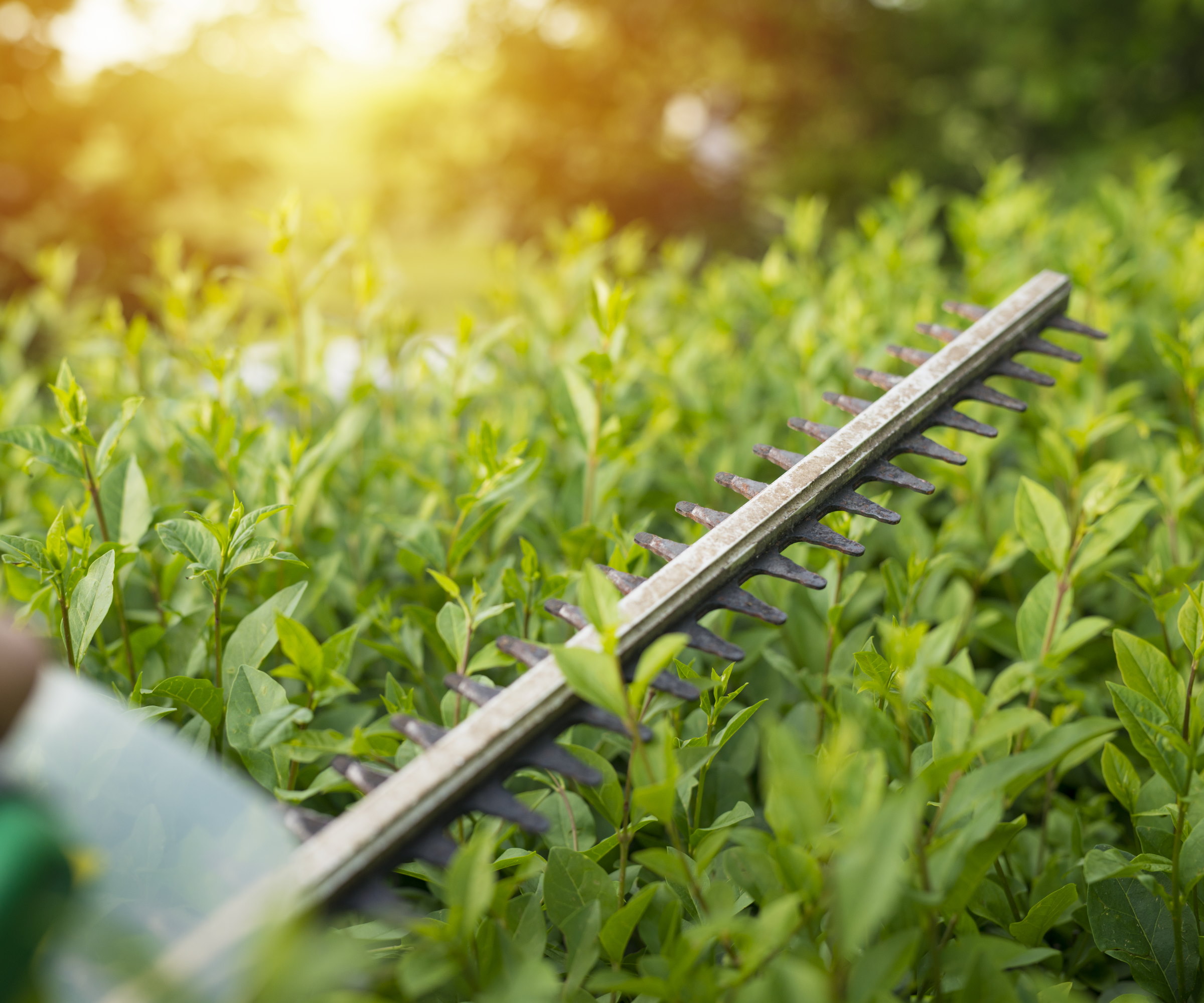
The type and variety of your hedging plant will dictate the best time to prune, so it is vital to understand when to prune hedges to keep them healthy and beautiful. Prune at the wrong time of year and the hedge can get stressed, unhealthy, and susceptible to pests and diseases.
Many hedges may require more than one trimming each year. Deciduous hedges are cut in early summer and late summer or early fall, while evergreen hedges may require two or three trimmings during the growing season in spring and summer. It is important to get the timing right with flowering hedges, as you do not want to remove the buds. The best rule is to trim them after flowering.
As well as the time of year, the weather on any particular day should influence your trimming. Never prune during periods of extreme cold or extreme warmth, which will stress plants, and Josh Novell, director of Polhill Garden Centre, warns against trimming in wet conditions. He says: ‘Choose a dry, calm day to prevent spreading diseases through damp cuts.’ On top of a higher risk of diseases on damp days, cutting won’t be as easy (or enjoyable) in wet weather, and using electric hedge trimmers in the rain causes safety issues.
2. Cutting with blunt tools
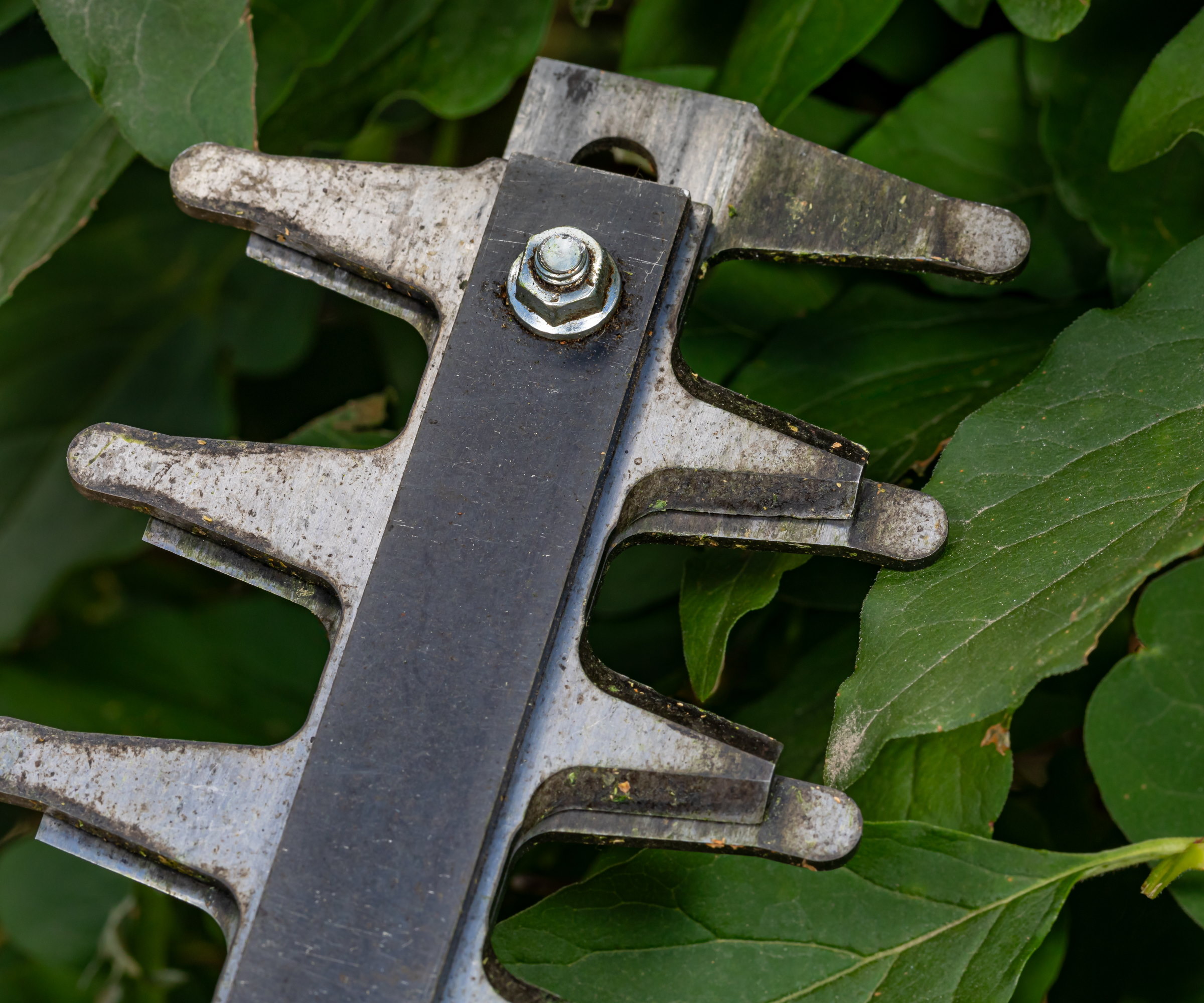
The cutting blades of any pruning tools will dull over time through repeated use. As the blades lose their sharp edge, it hinders their effectiveness. Hedge trimming will be tougher, the results do not look as good, and the health of the hedge can be put at risk. As Steve Swanborough, gardening expert at Henchman, warns: ‘Dull tools tear branches and make the plant vulnerable to disease. Clean and sharp tools will ensure your plant stays healthy and reduces plant stress.’
If you notice frayed or jagged cuts during cutting or the tool is not cutting as easily as before, it may be time to sharpen hedge trimmer blades or pruning shears. The process involves securing the cutting tool and sharpening the blade with a file or sharpening tool, always moving it downwards and at a consistent angle. After a few strokes with the sharpening tool, the bevel should become shiny, which indicates sharpness.

Steve Swanborough is Henchman’s resident gardening expert, working closely with the team at shows such as RHS Chelsea Flower Show and RHS Hampton Court Palace Garden Festival. Having previously worked as a private gardener in South London, Steve brings years of horticultural experience to Henchman, and his favourite part of the job is helping customers with any hedge-related problems they might face.
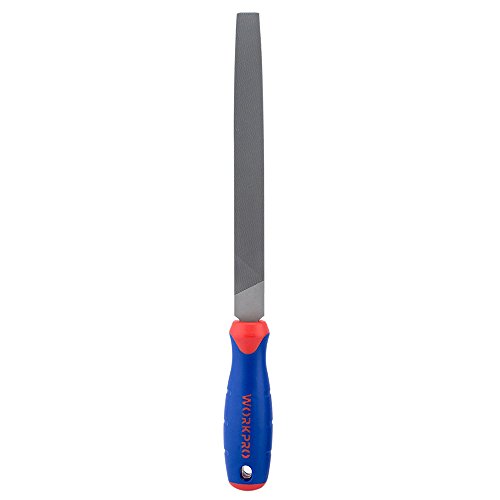
A 10-inch flat file ideal for sharpening tools. Features precise coated teeth that offer double cut on one face of the file and single cut on the sides. You can also use this file to deburr items or take a sharp edge off.
3 Not having the right safety gear
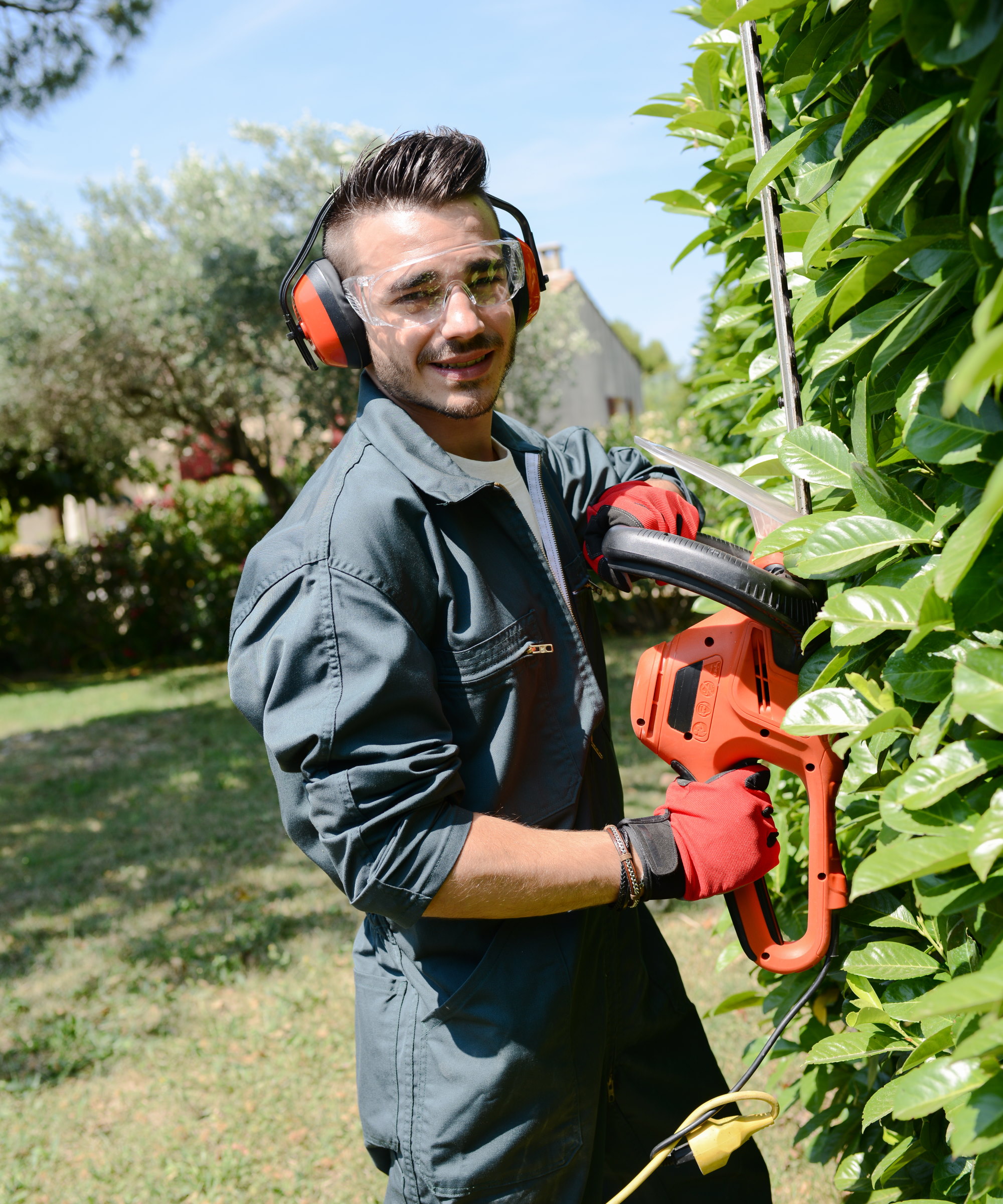
It is important not to overlook protective gear. Trimming hedges is a task that involves potentially dangerous machinery that can cause serious injuries. The right safety gear includes safety goggles, gloves, and appropriate footwear. Gloves protect your hands from cuts and goggles protect your eyes from flying debris.
I always recommend ear protection when using both petrol and electric hedge trimmers - electric gardening tools may be quieter but you still benefit from ear protection, especially with long usage. Large hedges may require ladders and these must be stable to avoid accidents. If you don’t have the right equipment, it may be best to get a professional to come in and cut the hedge for you.

Ear defenders are beneficial when cutting hedges or mowing lawns to prevent hearing damage. These ear protectors achieve NRR 28 dB (SNR 34 dB) rating and are ANSI S3.19 (US) certified.
4. Cutting the wrong shape
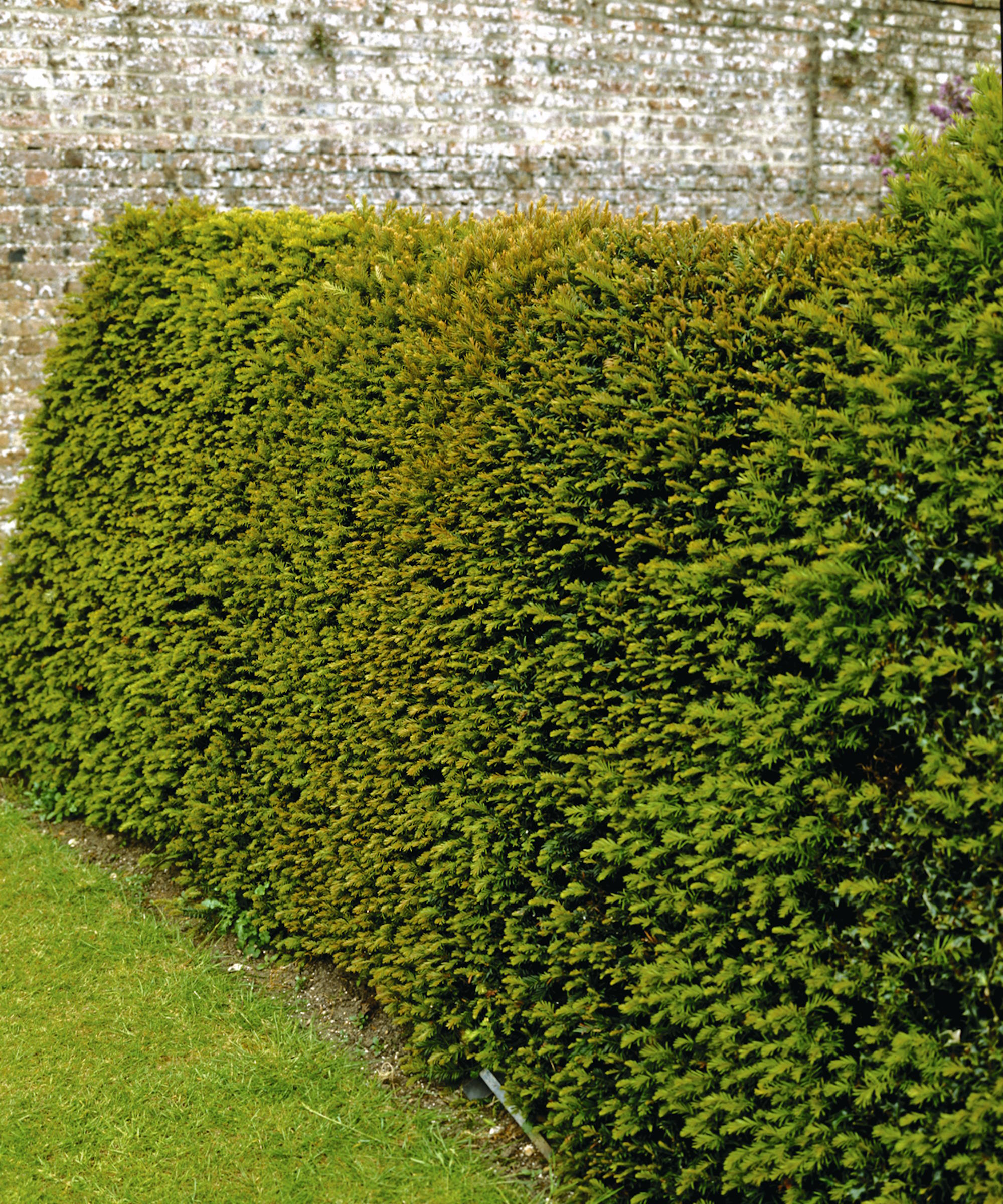
It is a mistake to prune hedges into a perfect square shape with vertical sides, unless the hedge is less than 40 inches in height - like those seen in highly formal gardens. For most hedges, the best shape is tapered with the base wider than the top.
Steve Swanborough warns that hedges wide at the top will shade out the lower branches as the upper foliage reaps the rewards of more sunlight. He says: ‘If you prune it this way, the bottom will thin out and look patchy over time. Instead, shear the hedge so the base is wider than the top. This lets sunlight reach the lower parts, keeping the whole hedge full and healthy.’
Always start by cutting the sides of the hedge first, beginning at the bottom and working upwards. Take regular steps back to asses the shape.
5. Not using a guide or having a plan
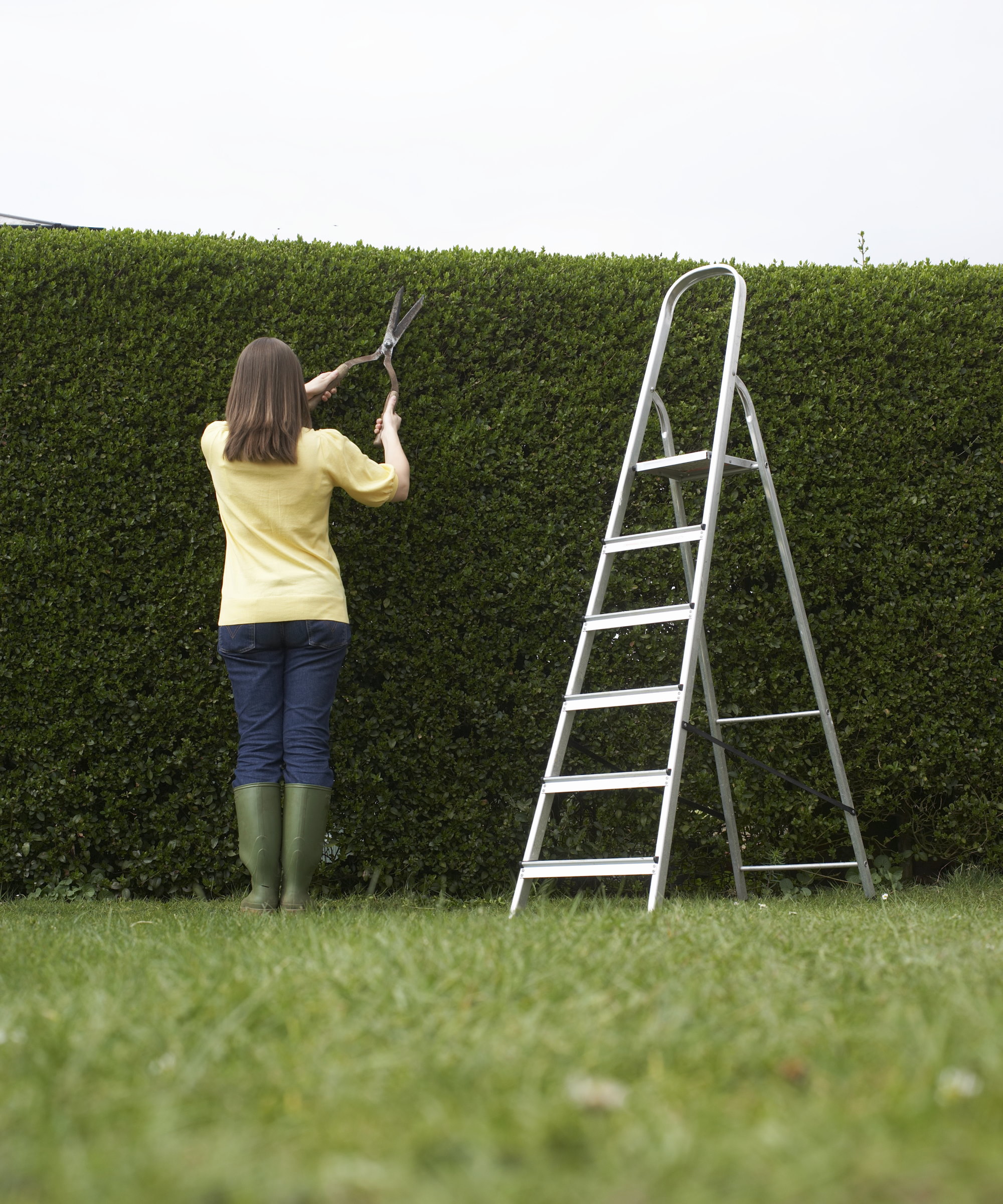
Diving straight in and hedge cutting without a plan can lead to uneven results. Take some time before starting to examine the hedge to gauge how much material you want to take off and spot any areas of poor growth that may require special attention.
It can also be beneficial before picking up the hedge trimmer to set up a line to follow, to help you get a neat and even finish. It is quick and simple to set up a string line. Jamie Shipley, gardening expert and managing director at Hedges Direct, recommends using a guide as ‘trimming a hedge free-hand without any reference can make it difficult to achieve precise results’. He adds: ‘Bamboo canes attached together with a length of string are actually a really useful device for getting a neat and straight edge. Run this along the top or sides of your hedge to use as a guide to cut along.’
You may have to remove some excess plant material before setting up the line to get it taut or close enough to the hedge. Take care not to cut the string while trimming and regularly check the line to ensure it remains tight to get the best finish.

Jamie Shipley is the Managing Director at Hedges Direct, a leading supplier of hedging plants that has supplied millions of plants to retail and trade customers since 2005.
6. Cutting too hard
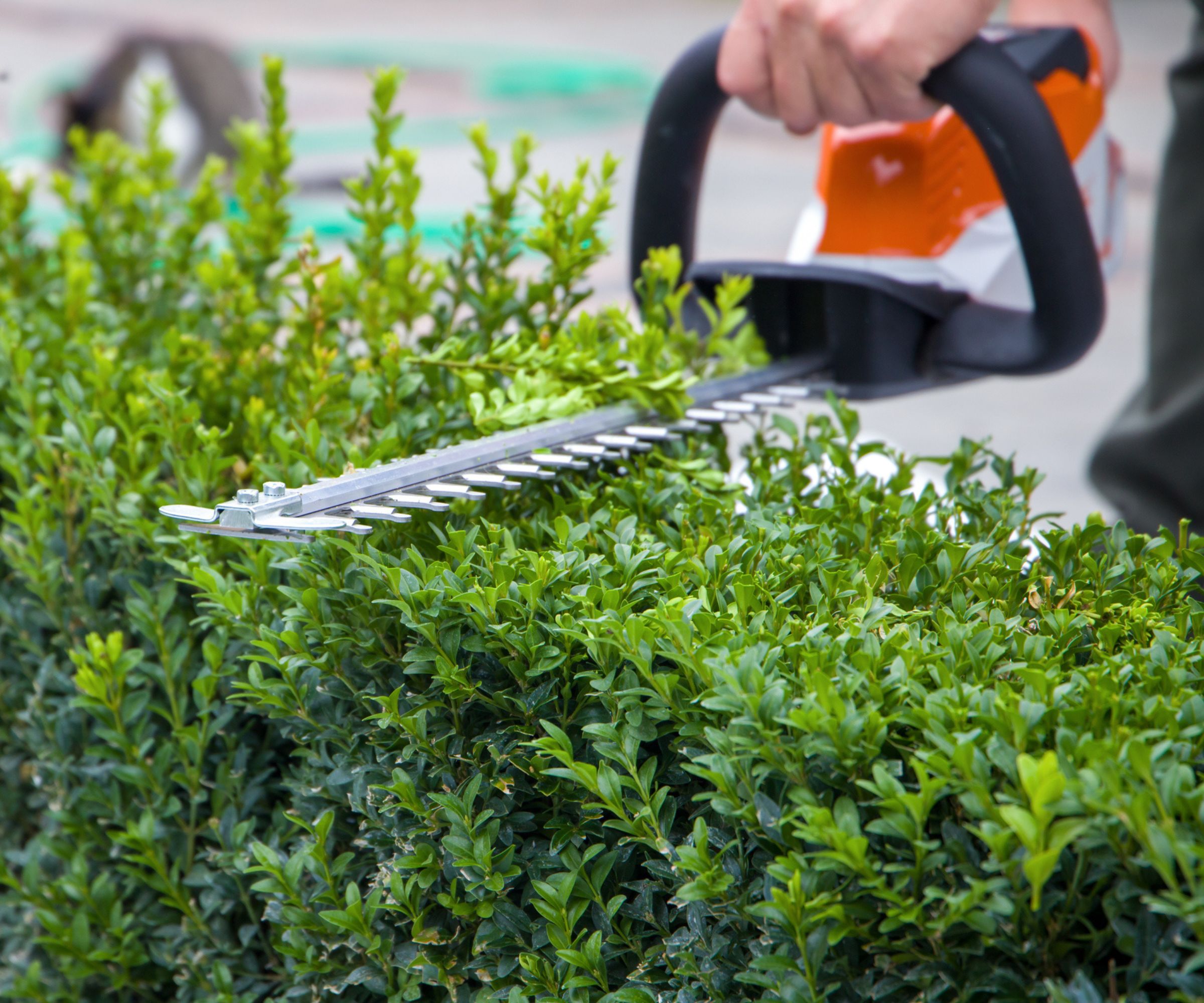
One of the biggest mistakes often made by gardeners is getting carried away and cutting the hedge back too hard. Avoid removing too much growth in one go, cut no more than one-third of the hedge as it needs greenery to stay healthy.
Over-trimming is a pruning mistake that will stress the hedge. This will lead to unpredictable regrowth and a hedge left more vulnerable to harmful pests and diseases. Certain hedges, especially conifer hedges, will not resprout if you prune too far back into the old wood and can be scarred with permanent bare patches or holes. It is sensible to trim lightly and redo sections to take more off if necessary, and to remember the one-third pruning rule to avoid you taking too much off.
But what if you need to cut an overgrown hedge? It would be a big mistake attempting to transform an overgrown hedge in one go. In this scenario, Graham Smith, a gardening expert from LBS Horticulture, recommends: ‘If the hedge you are cutting is severely overgrown, it is best to spread out pruning over a few years so that the plant does not go into shock from being cut back too much at once.’
A sensible three-year approach to trimming overgrown hedges would be to prune one side of the hedge in year one and the other the following year, finally reducing the top of the hedge in year three.
Not cutting enough also comes with potential problems. Not trimming the hedge back far enough will leave it looking scruffier than it should after being cut and runs the risk of a fast-growing hedge getting too big for its space as it spreads in size each year. Being too gentle with trimming, or not trimming at all, risks you being left with an overgrown hedge that becomes more difficult to deal with.
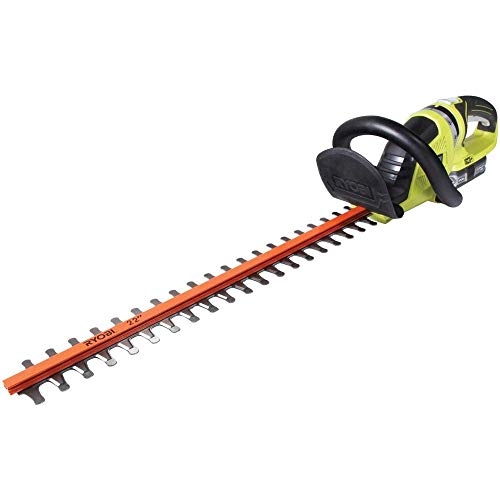
An 18-volt cordless hedge trimmer with a long 22-inch blade with a 3/4 inch cut capacity. It is a lightweight trimmer yet ideal for tougher, larger hedges.
7. Not clearing up immediately
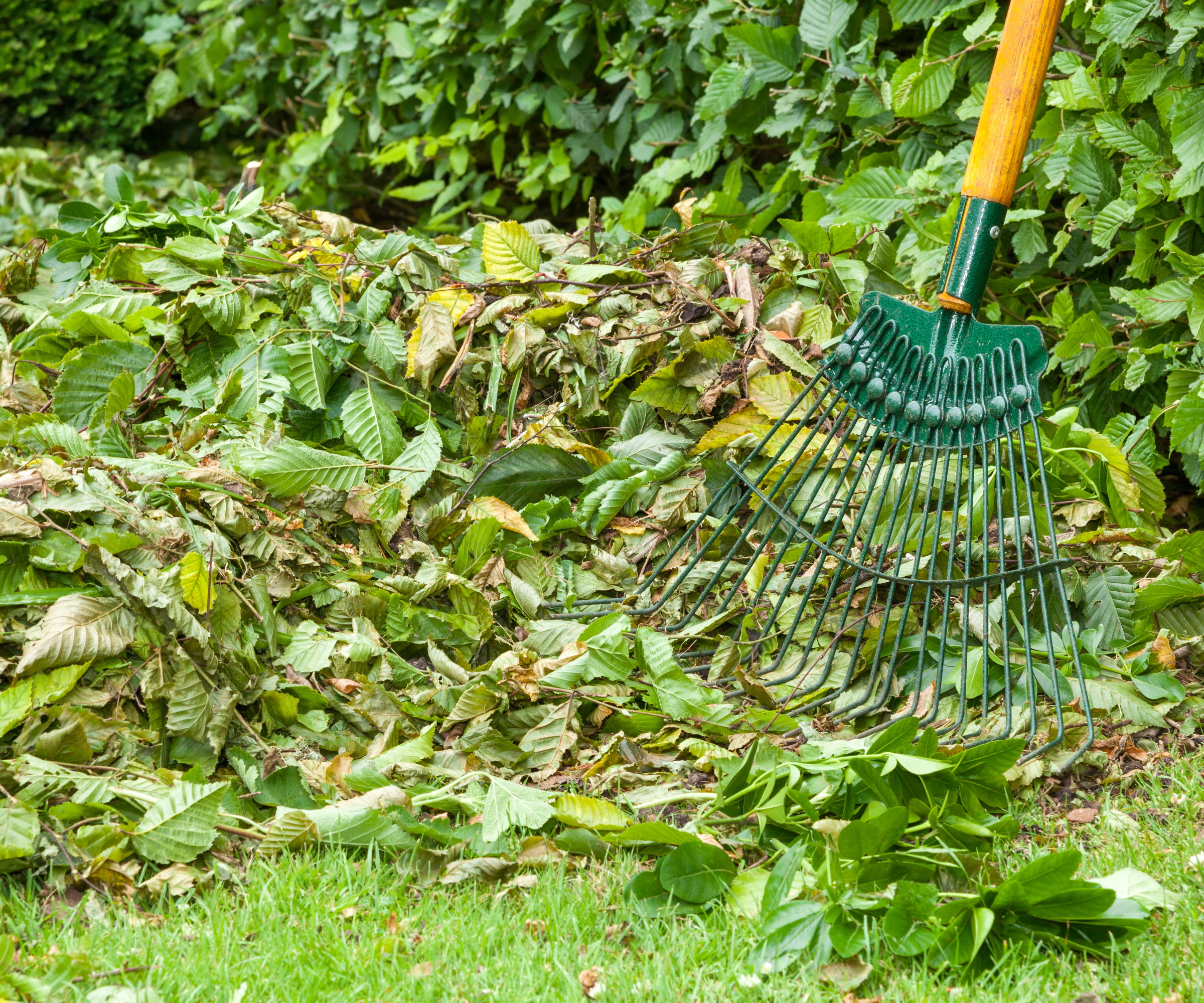
After cutting the hedge, never leave the clippings around the base. Clear them away immediately - a task that can be made easier by laying a sheet on the ground along the base of the hedge before cutting.
Jamie Shipley warns: ‘If you don’t dispose of clippings immediately, dampness can promote fungal diseases which risk spreading to the hedge and other greenery in your garden.’ Healthy hedge clippings can be used to make compost.
FAQs
Can you use a strimmer to cut hedges?
No, attempting to use a strimmer to cut hedge would never be advisable The result would be messy as strimmers or brush cutters will never leave a clean cut. Instead, the hedge will be covered in ripped stems left prone to disease. Cutting a hedge with a strimmer would be hazardous as debris would be flying everywhere.
Always check hedges for nesting birds before picking up any pruning tools. Do not disturb or destroy active nests, if there are nesting birds in the hedge simply walk away and only come back and cut the hedge once you can confirm that the birds have left.
Sign up to the Homes & Gardens newsletter
Design expertise in your inbox – from inspiring decorating ideas and beautiful celebrity homes to practical gardening advice and shopping round-ups.

Drew’s passion for gardening started with growing vegetables and salad in raised beds in a small urban terrace garden. He has worked as a professional gardener in historic gardens and specialises in growing vegetables, fruit, herbs, and cut flowers as a kitchen gardener. That passion for growing extends to being an allotmenteer, garden blogger, and producing how-to gardening guides for websites. Drew was shortlisted for the New Talent of the Year award at the 2023 Garden Media Guild Awards.
You must confirm your public display name before commenting
Please logout and then login again, you will then be prompted to enter your display name.
-
 Renovation Aloha's Tristyn and Kamohai Kalama share the front color you need to sell your home – they explain, 'it's one of the areas you can go a little bolder'
Renovation Aloha's Tristyn and Kamohai Kalama share the front color you need to sell your home – they explain, 'it's one of the areas you can go a little bolder'In Homes & Gardens' exclusive interview with the Kalamas, they explain the renovations to make to the front of your home for property value
By Sophie Edwards
-
 9 things designers always look to buy at an estate sale
9 things designers always look to buy at an estate saleDiscover the sought-after antique and vintage pieces interior designers always look out for at estate sales
By Pippa Blenkinsop
-
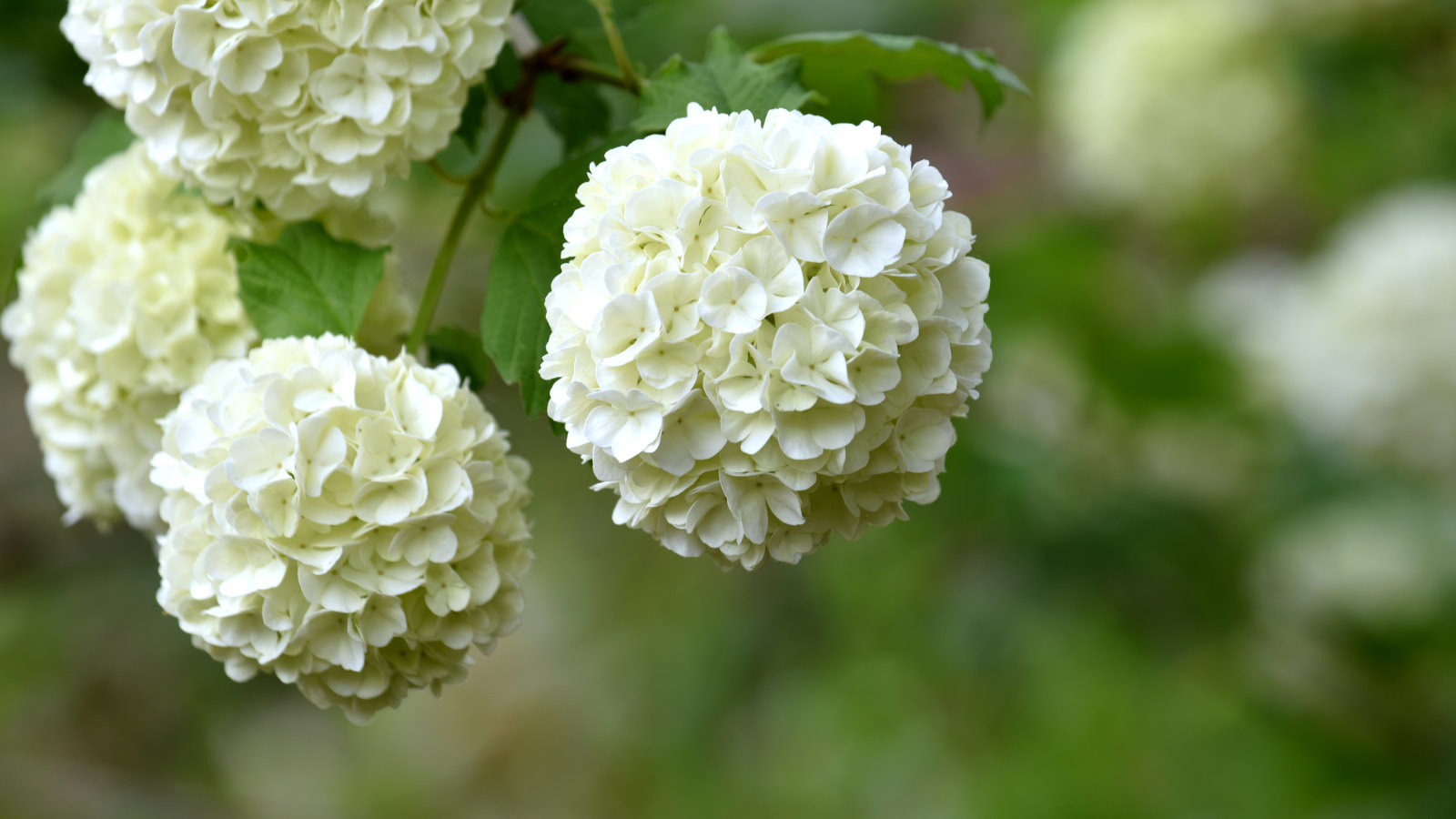 These 4 simple steps for pruning a snowball bush viburnum can give you the best blooms, plus we reveal the pitfall to avoid that will ruin any display
These 4 simple steps for pruning a snowball bush viburnum can give you the best blooms, plus we reveal the pitfall to avoid that will ruin any displayKnow how and when to prune a snowball bush with this expert pruning guide
By Drew Swainston
-
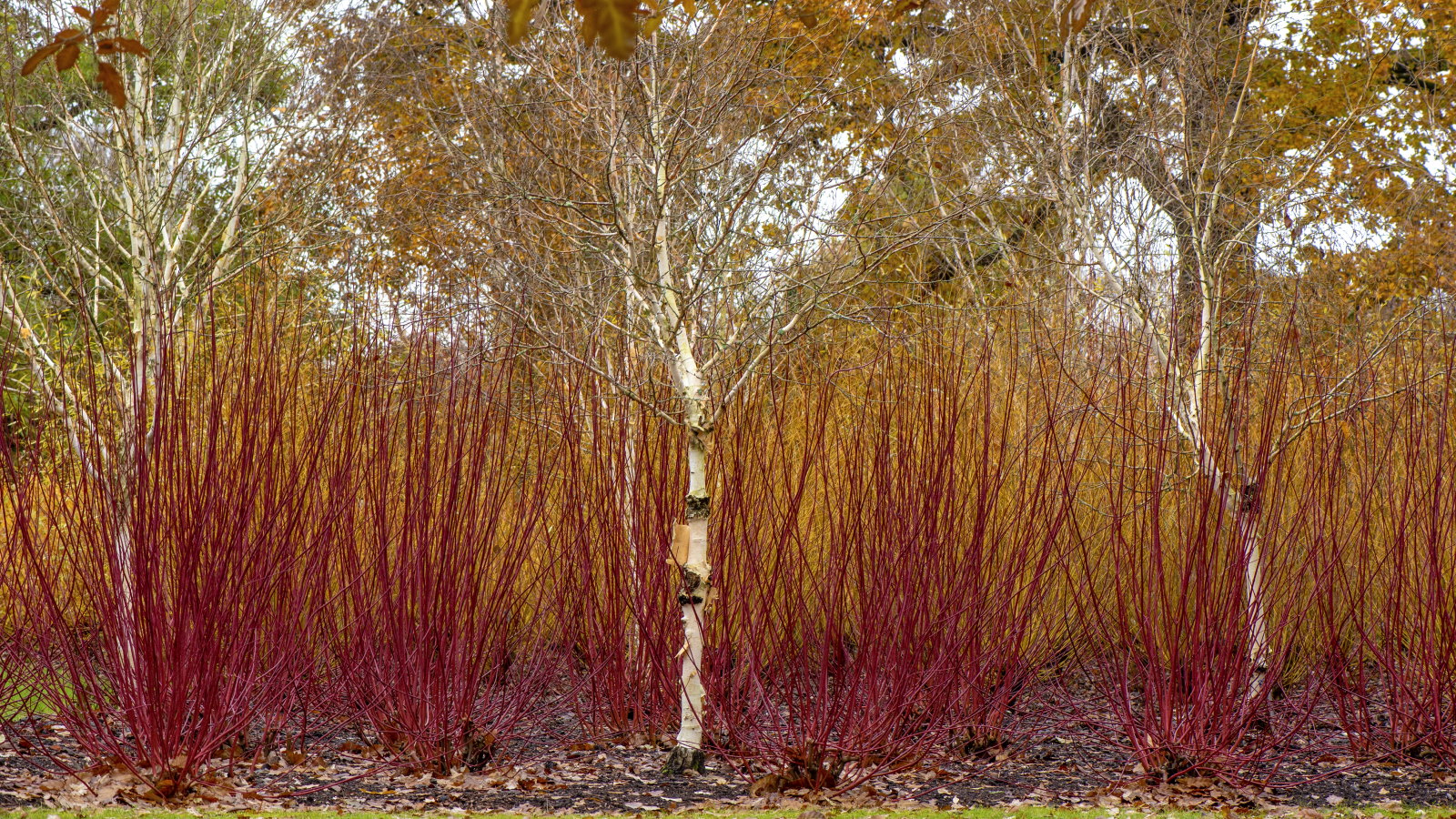 How to coppice trees and shrubs – and the 5 species that will benefit from this historical and super simple pruning technique
How to coppice trees and shrubs – and the 5 species that will benefit from this historical and super simple pruning techniqueCoppicing has aesthetic and practical benefits in a garden
By Drew Swainston
-
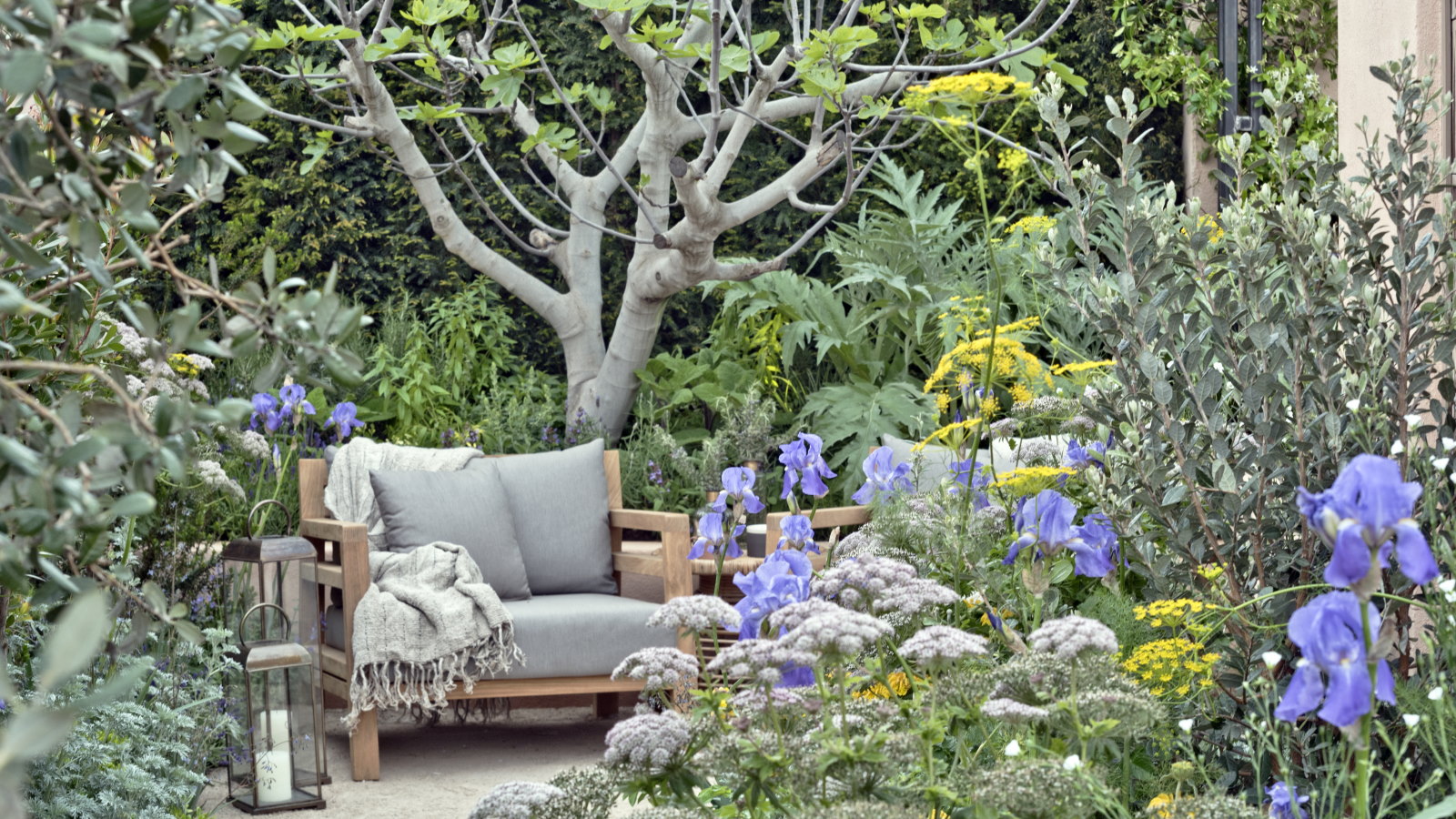 Horticulturists urge you to prune these 7 plants in April – for healthy growth and better-than-ever flowering displays
Horticulturists urge you to prune these 7 plants in April – for healthy growth and better-than-ever flowering displaysDiscover a key selection of plants to cut back this month, with expert pruning advice
By Drew Swainston
-
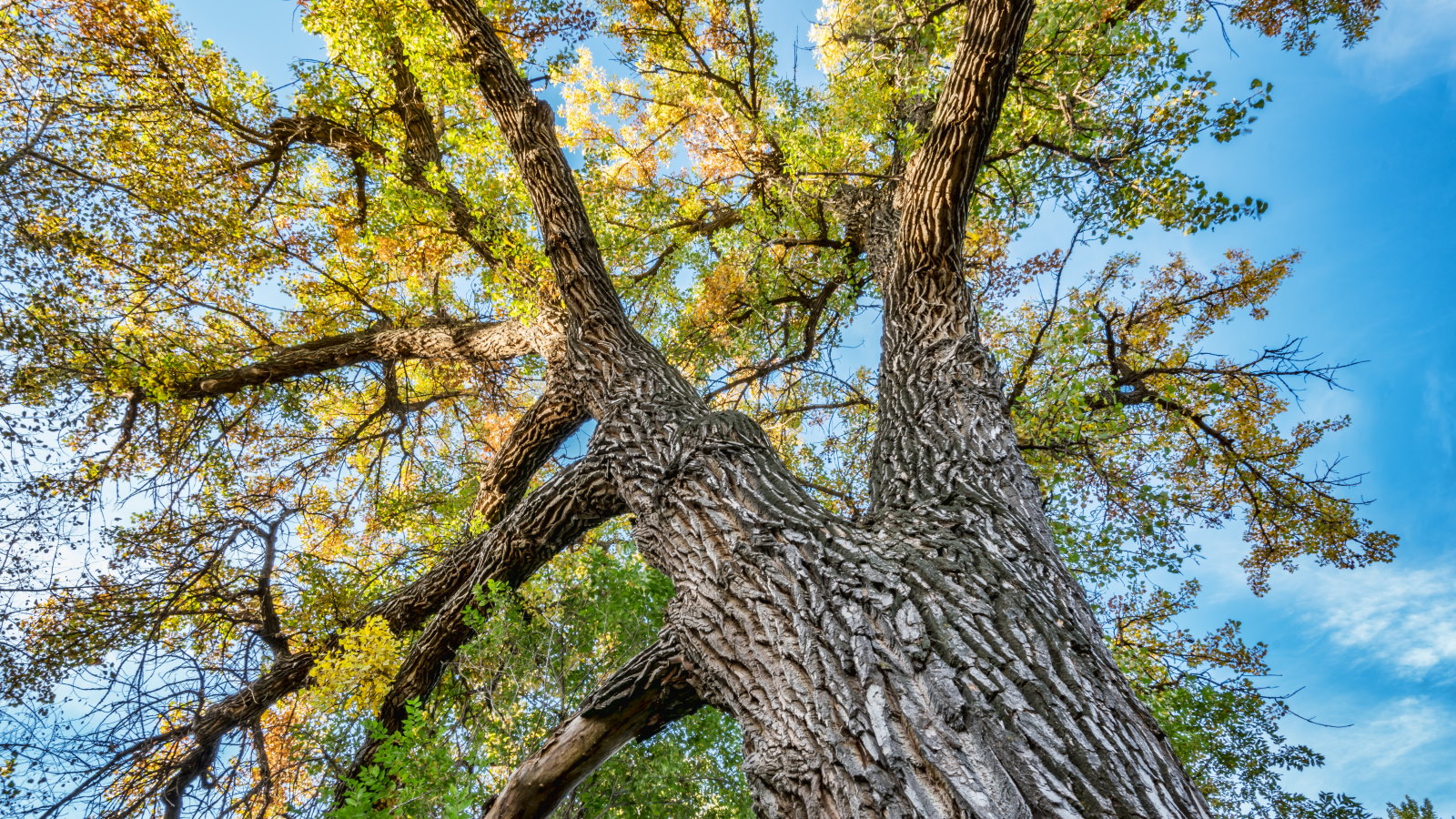 Safety is the number one reason to prune a cottonwood tree – an arborist reveals the best trimming routine to follow
Safety is the number one reason to prune a cottonwood tree – an arborist reveals the best trimming routine to followWhen and how to prune young and established cottonwoods
By Drew Swainston
-
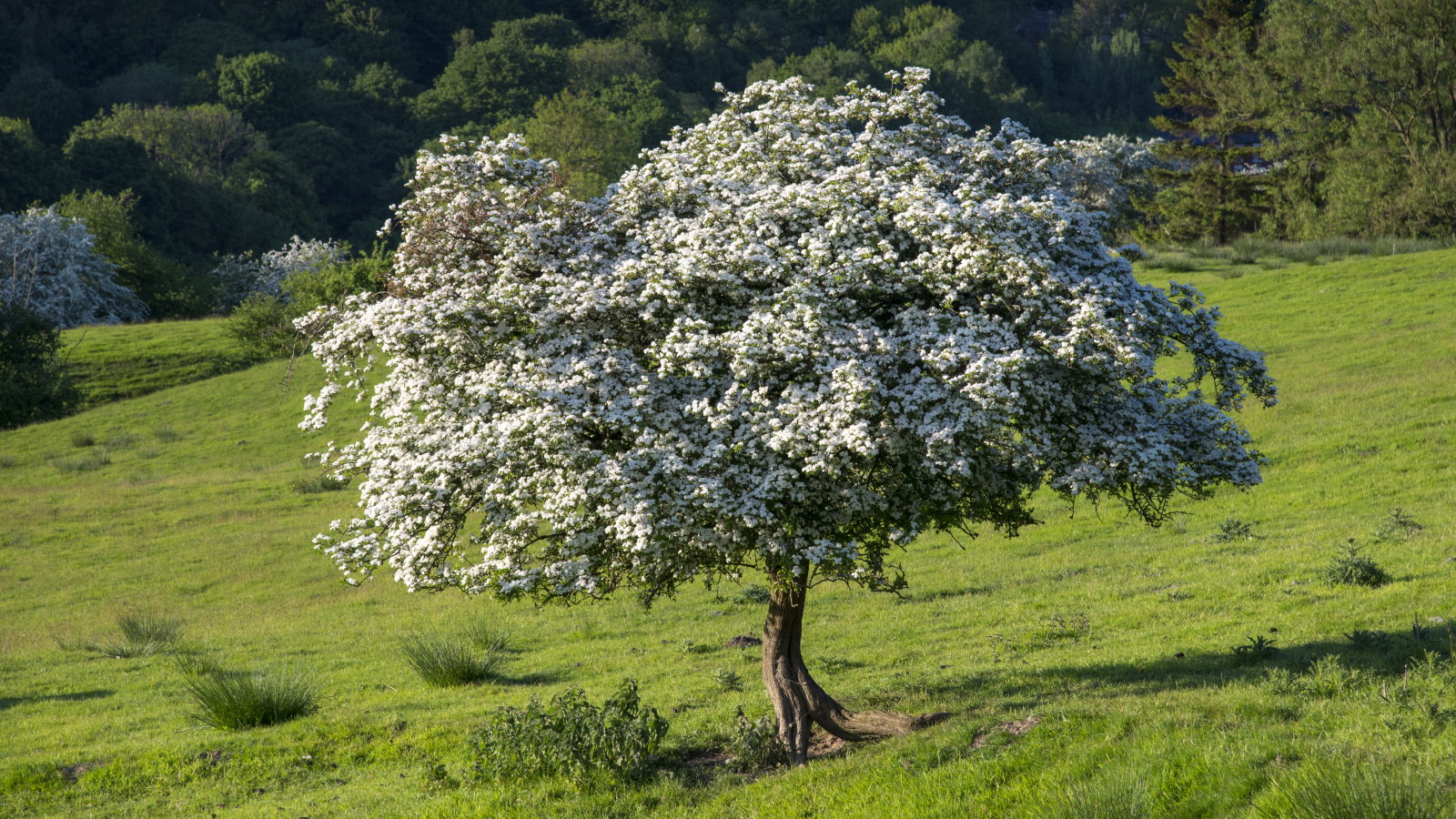 Now is the time to prune hawthorn trees to keep them healthy and attractive – 5 expert-recommended steps to follow for proper trimming
Now is the time to prune hawthorn trees to keep them healthy and attractive – 5 expert-recommended steps to follow for proper trimmingAvoid unnecessarily stressing your trees by pruning at the right time and not getting carried away
By Drew Swainston
-
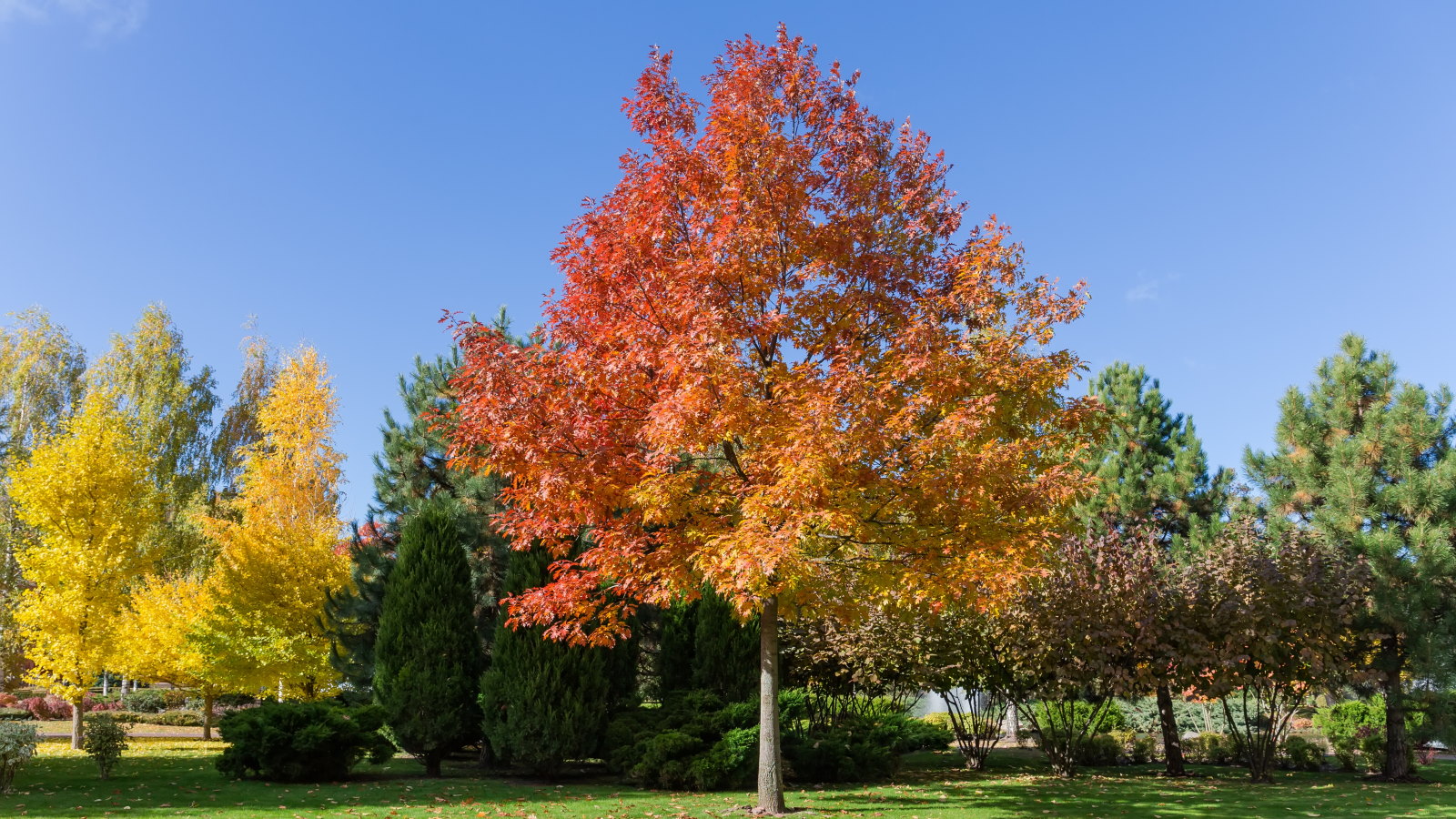 This is your last chance to prune oak trees to avoid a potentially fatal disease that can kill trees within months, arborists reveal
This is your last chance to prune oak trees to avoid a potentially fatal disease that can kill trees within months, arborists revealStay safe and discover what you can prune at different times of the year
By Drew Swainston
-
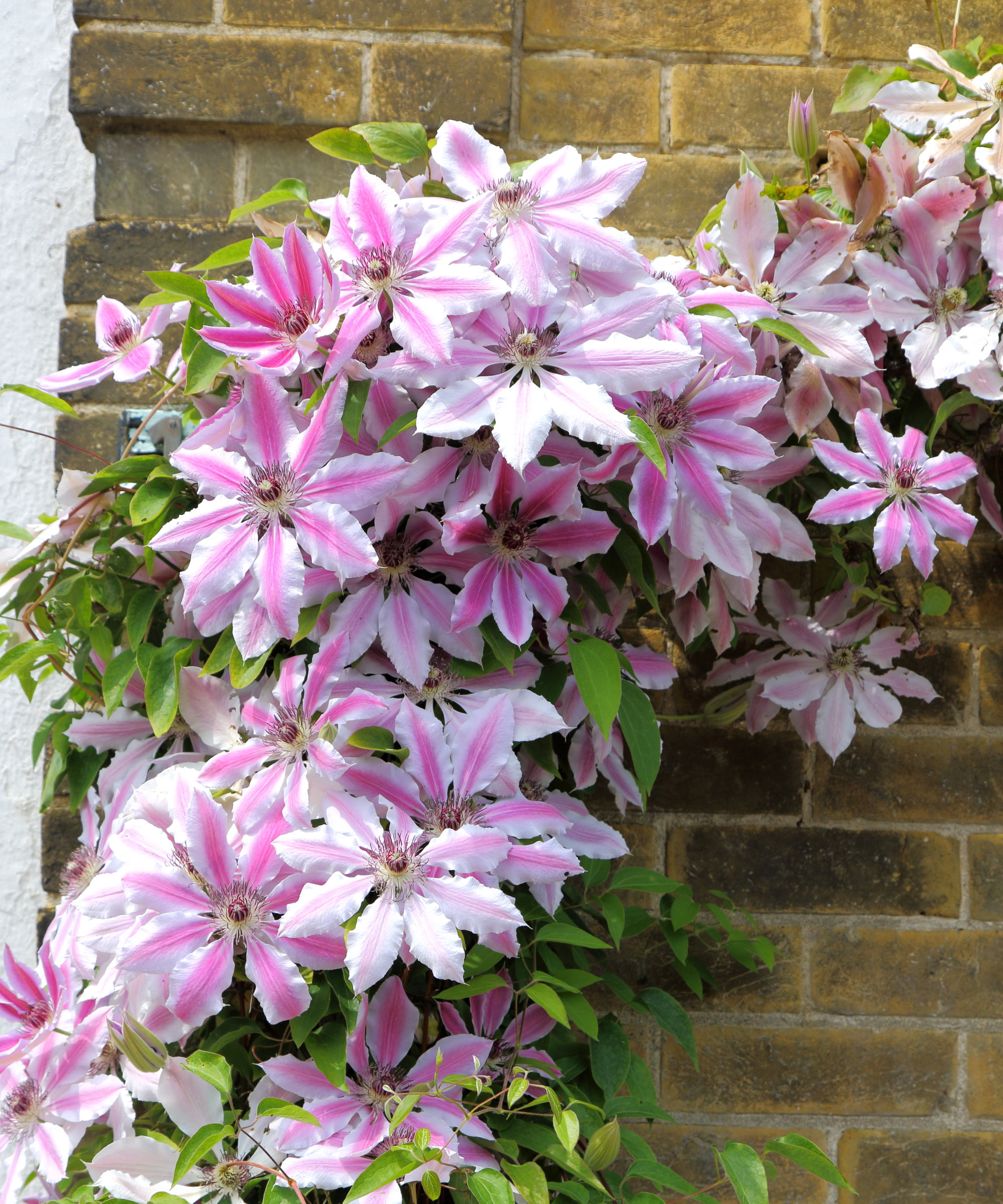 Expert horticulturists reveal 5 clematis pruning mistakes to avoid if you want spectacular floral displays
Expert horticulturists reveal 5 clematis pruning mistakes to avoid if you want spectacular floral displaysWhy you need to prune at the right time and not remove too much or too little
By Drew Swainston
-
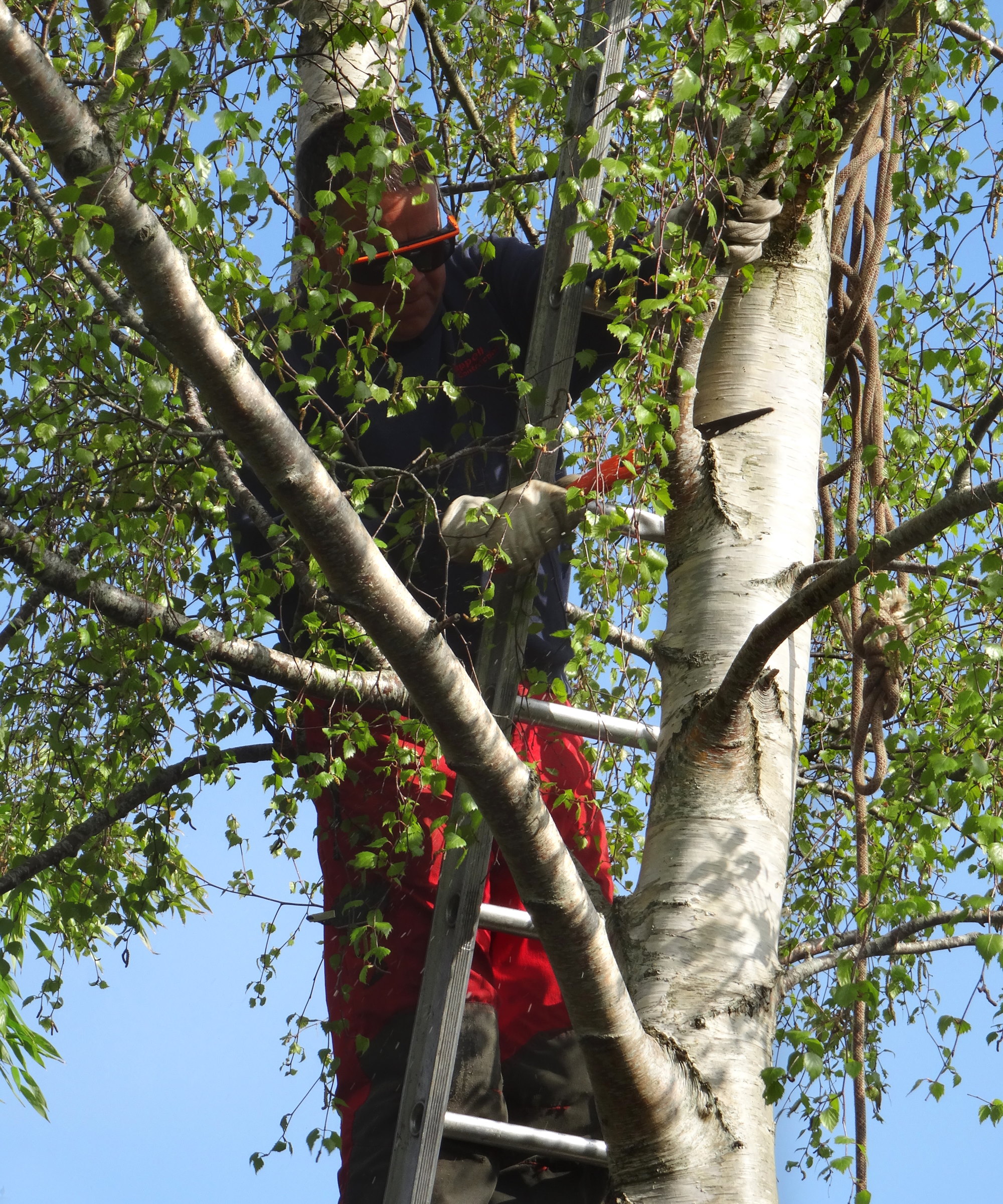 How to prune birch trees – arborists reveal 5 golden rules to follow and 3 things you should never do
How to prune birch trees – arborists reveal 5 golden rules to follow and 3 things you should never doAggressive pruning can be fatal to birch trees – here is how to avoid it
By Drew Swainston